A primary school in rural China proposes a new education model
Architectural designers Qiu Jiayu and Paul Mok complete the Erdu Primary School, a pioneering small-class-teaching school in rural China
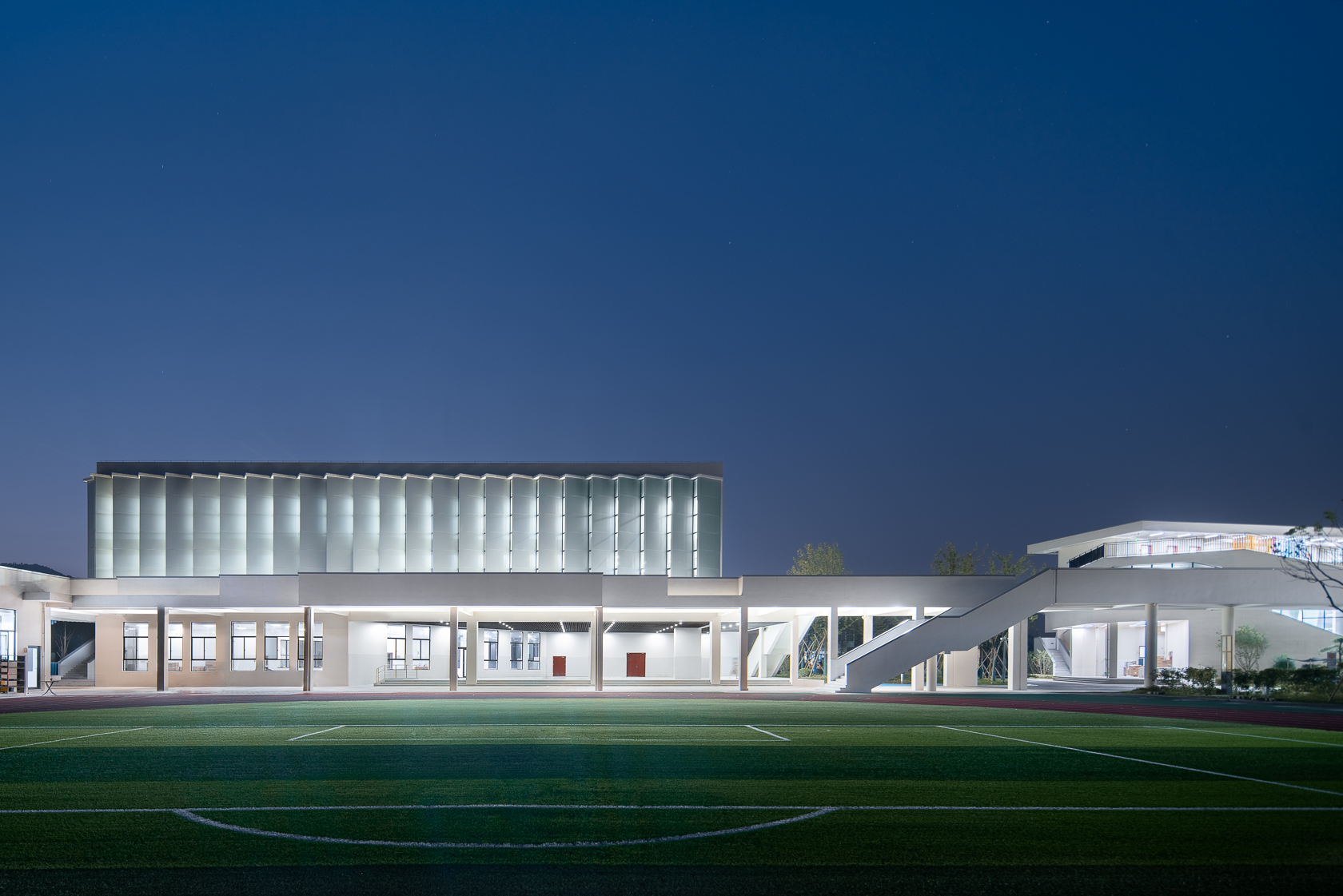
Wu Qingshan - Photography
‘The rigorous, decades-long rural-urban migration has led to significant reduction of students in rural China,' say designers Qiu Jiayu and Paul Mok. The two creatives – Hangzhou-based Jiayu and New York based Mok – who met as classmates at the University of Hong Kong, were called upon by the country's Education Bureau in 2015. The task was to work on a proposal for a new school model for Deqing, a town in the countryside outside the urban hub of Hangzhou.
The pair developed a design for the sustainable architecture of Erdu Primary School around small-class-teaching, a flexible, alternative education model that responds specifically to the needs of lower population numbers in the region. This allows for smaller student ‘hubs' and fewer teachers overseeing them, offering at the same time more opportunity for group play, learning and exchange. Spatial planning followed accordingly.
‘In this particular project, we mainly focused on designing a classroom-and-teacher-office module that would serve as a prototype for future school designs to implement small-class-teaching,' explains Mok. ‘Of course, in our minds, we were always picturing kids running happily around the campus, like what ourselves did as kids. I think that intent is registered in the multi-layered, continuous circulation system that we ended up with.'
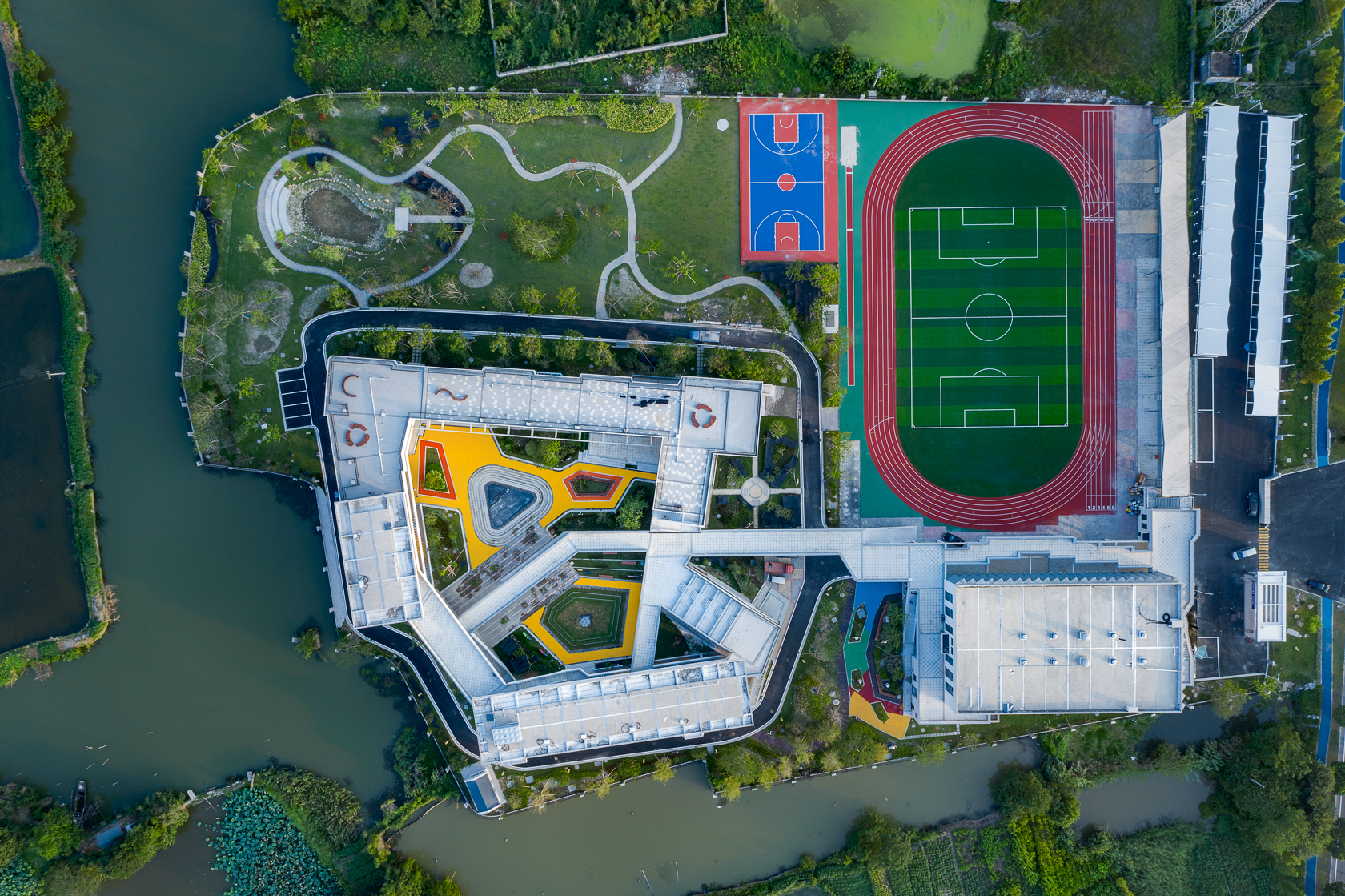
Smaller class sizes meant smaller classrooms, providing indeed further space for outdoors areas and communal activities. External circulation and seating were also promoted. The designers formulated terraces, bridges, wide staircases and balconies throughout to ensure students have plenty of space to use for formal and informal activities. These connect with the indoors circulation axis of the main building creating a ‘continuous circulation system', explain the two creators.
‘The functions of indoor spaces (classrooms, gym, offices, etc.) are very specific,' continues Mok. ‘The functions of outdoor spaces, on the other hand, are a lot more flexible, and therefore have a lot more potential for spontaneous interactions among students and teachers: for games during breaks, small group activities, inter-class events, etc.. It also gives the students enough space to exercise during rainy days. A typical school corridor is already a very active space. We further activated it by distributing these outdoor ‘pocket spaces' along the continuous circulation system that is composed of corridors, bridges, terraces, etc.'
The duo worked closely with a local design institute – Zhejiang University of Technology Engineering Design Group Co. Ltd – who took care of engineering, landscape design, construction design and construction administration. Spanning 8864 sq m, Erdu Primary opened for the new academic year this autumn.

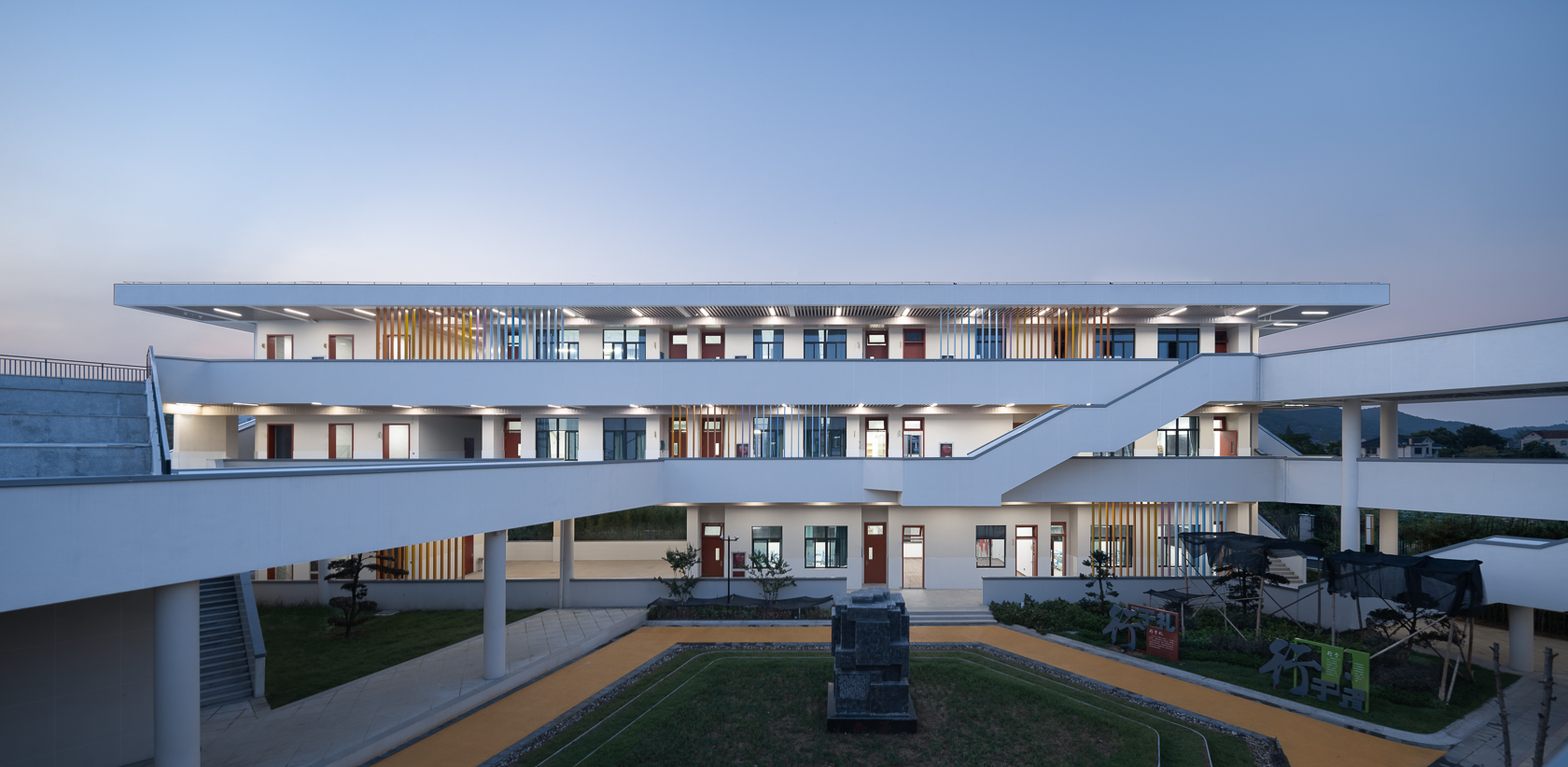
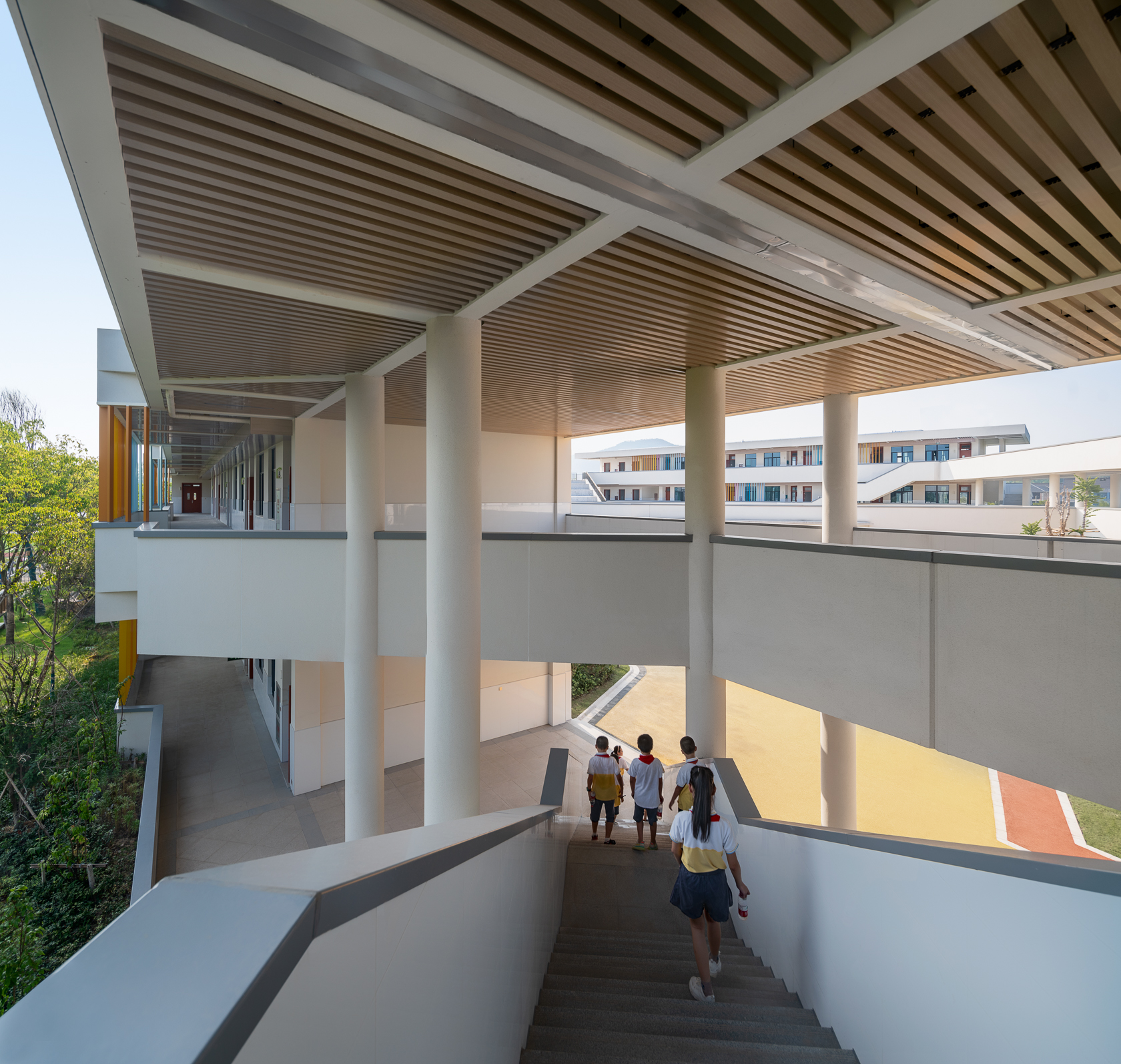

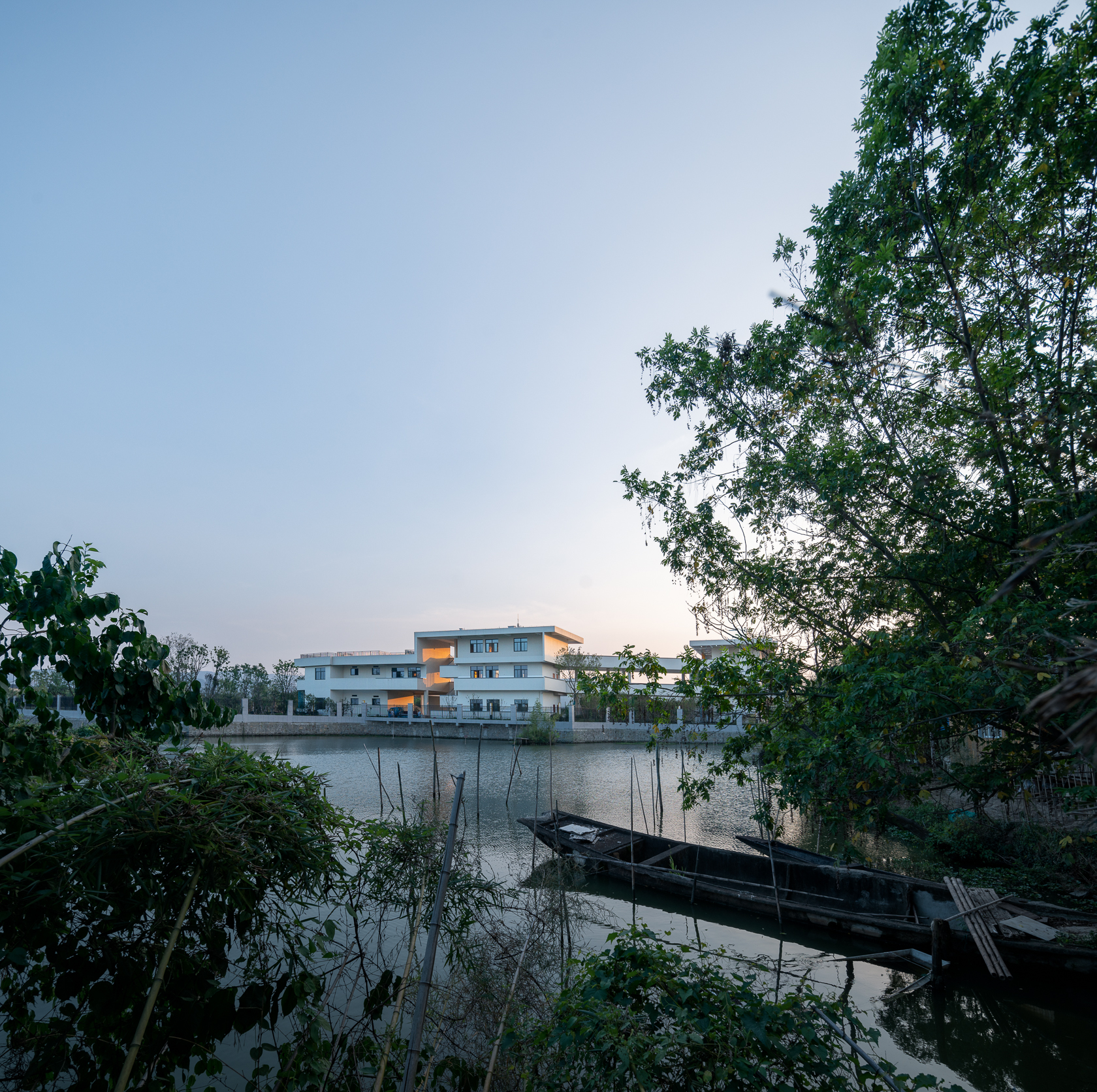
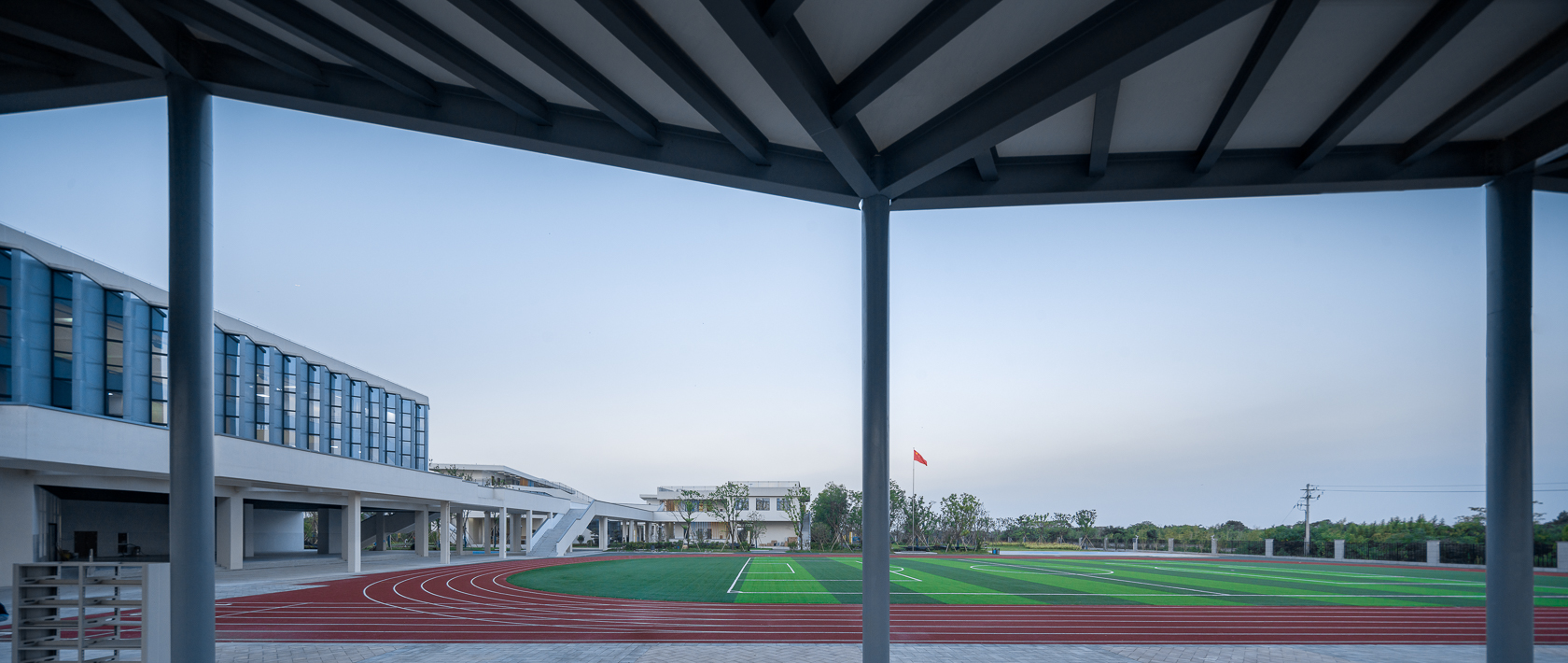

INTRODUCTION
Receive our daily digest of inspiration, escapism and design stories from around the world direct to your inbox.
Ellie Stathaki is the Architecture & Environment Director at Wallpaper*. She trained as an architect at the Aristotle University of Thessaloniki in Greece and studied architectural history at the Bartlett in London. Now an established journalist, she has been a member of the Wallpaper* team since 2006, visiting buildings across the globe and interviewing leading architects such as Tadao Ando and Rem Koolhaas. Ellie has also taken part in judging panels, moderated events, curated shows and contributed in books, such as The Contemporary House (Thames & Hudson, 2018), Glenn Sestig Architecture Diary (2020) and House London (2022).
-
 A tale of two Audis: the A5 saloon goes up against the A6 Avant e-tron
A tale of two Audis: the A5 saloon goes up against the A6 Avant e-tronIs the sun setting on Audi’s ICE era, or does the company’s e-tron technology still need to improve?
-
 Inside Christian de Portzamparc’s showstopping House of Dior Beijing: ‘sculptural, structural, alive’
Inside Christian de Portzamparc’s showstopping House of Dior Beijing: ‘sculptural, structural, alive’Daven Wu travels to Beijing to discover Dior’s dramatic new store, a vast temple to fashion that translates haute couture into architectural form
-
 A music player for the mindful, Sleevenote shuns streaming in favour of focused listening
A music player for the mindful, Sleevenote shuns streaming in favour of focused listeningDevised by musician Tom Vek, Sleevenote is a new music player that places artist intent and the lost art of record collecting at the forefront of the experience
-
 Wang Shu and Lu Wenyu to curate the 2027 Venice Architecture Biennale
Wang Shu and Lu Wenyu to curate the 2027 Venice Architecture BiennaleChinese architects Wang Shu and Lu Wenyu have been revealed as the curators of the 2027 Venice Architecture Biennale
-
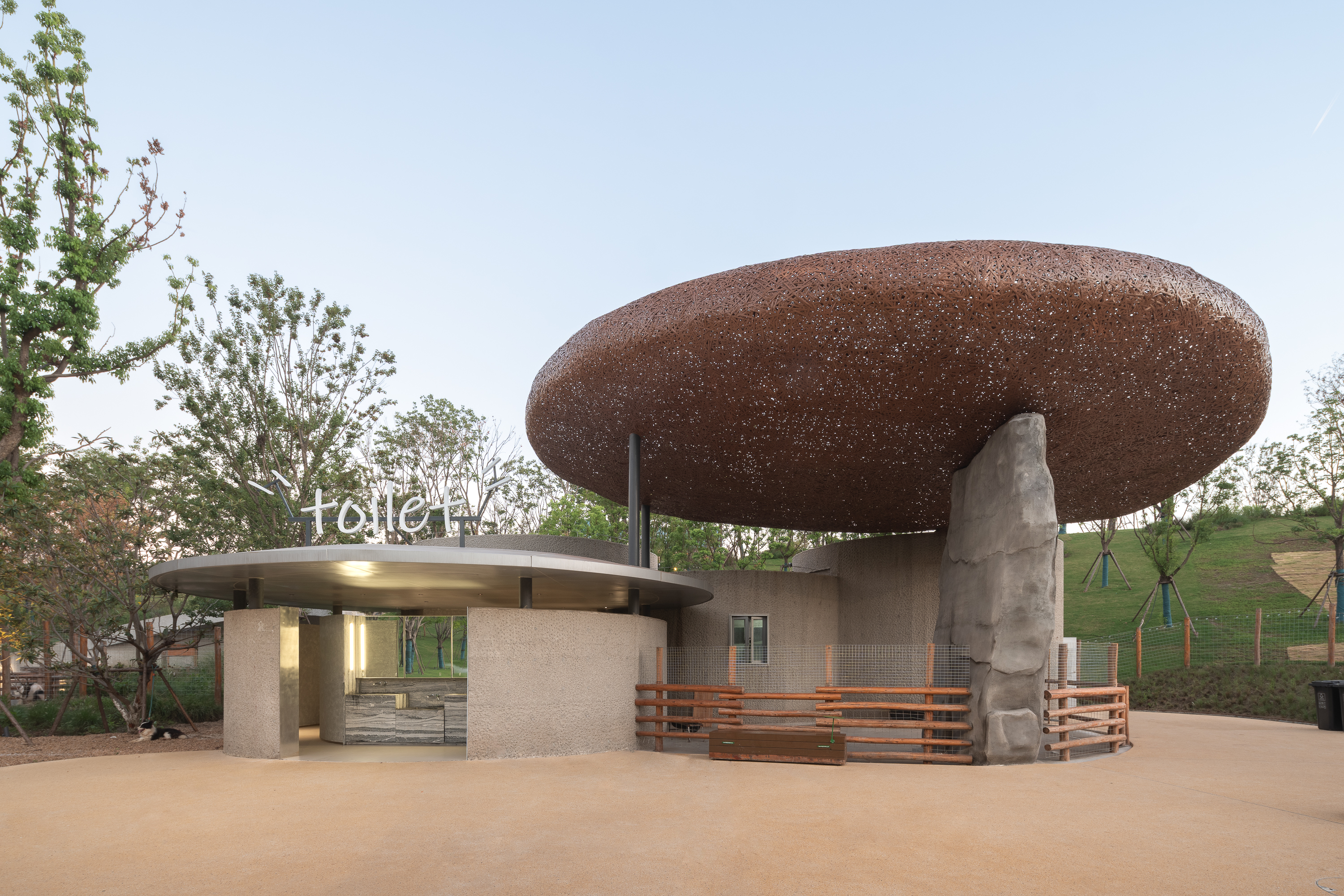 Tour this Chinese eco-farm, an imaginative wonderland connecting visitors with nature
Tour this Chinese eco-farm, an imaginative wonderland connecting visitors with natureLuxeIsland Farm by Various Associates is an eco-farm and visitor attraction in China’s picturesque Wuhan region; take a stroll across its fantastical landscape
-
 Honouring visionary landscape architect Kongjian Yu (1963-2025)
Honouring visionary landscape architect Kongjian Yu (1963-2025)Kongjian Yu, the renowned landscape architect and founder of Turenscape, has died; we honour the multi-award-winning creative’s life and work
-
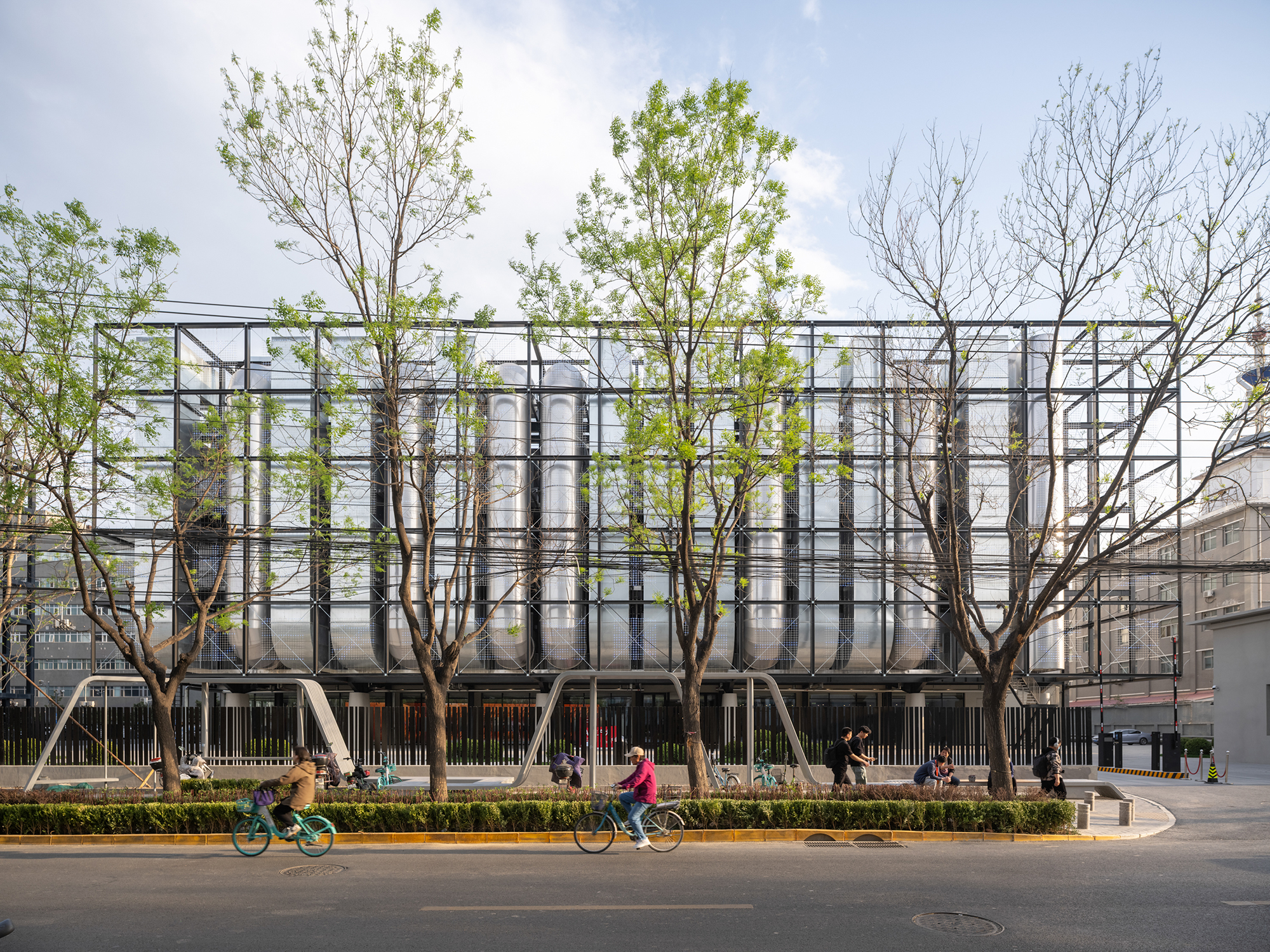 A new AI data centre in Beijing is designed to evolve and adapt, just like the technology within
A new AI data centre in Beijing is designed to evolve and adapt, just like the technology withinSpecialised data centre Spark 761, designed by llLab, is conceived as a physical space where humans and AI technology can coexist
-
 Shanghai’s biennial, RAMa 2025, takes architectural exploration outside
Shanghai’s biennial, RAMa 2025, takes architectural exploration outsideRAMa 2025, the architecture biennial at Rockbund Art Museum in Shanghai, launches, taking visitors on a journey through a historic city neighbourhood – and what it needs
-
 Atelier About Architecture’s ‘house within a house, and garden within a garden’
Atelier About Architecture’s ‘house within a house, and garden within a garden’House J in Beijing, by Atelier About Architecture, is an intricate remodelling complete with a hidden indoor garden and surprising sight lines
-
 A nature-inspired Chinese art centre cuts a crisp figure in a Guiyang park
A nature-inspired Chinese art centre cuts a crisp figure in a Guiyang parkA new Chinese art centre by Atelier Xi in the country's Guizhou Province is designed to bring together nature, art and community
-
 Zaha Hadid Architects’ spaceship-like Shenzhen Science and Technology Museum is now open
Zaha Hadid Architects’ spaceship-like Shenzhen Science and Technology Museum is now openLast week, ZHA announced the opening of its latest project: a museum in Shenzhen, China, dedicated to the power of technological advancements. It was only fitting, therefore, that the building design should embrace innovation